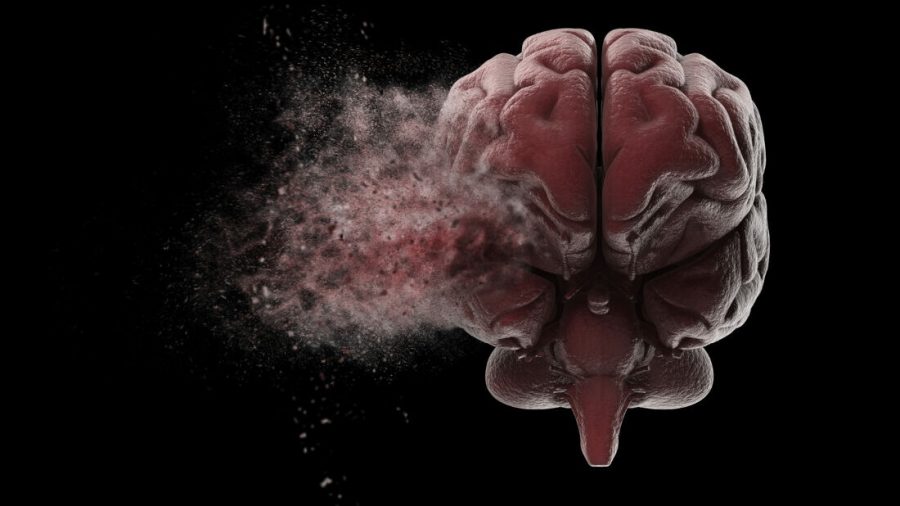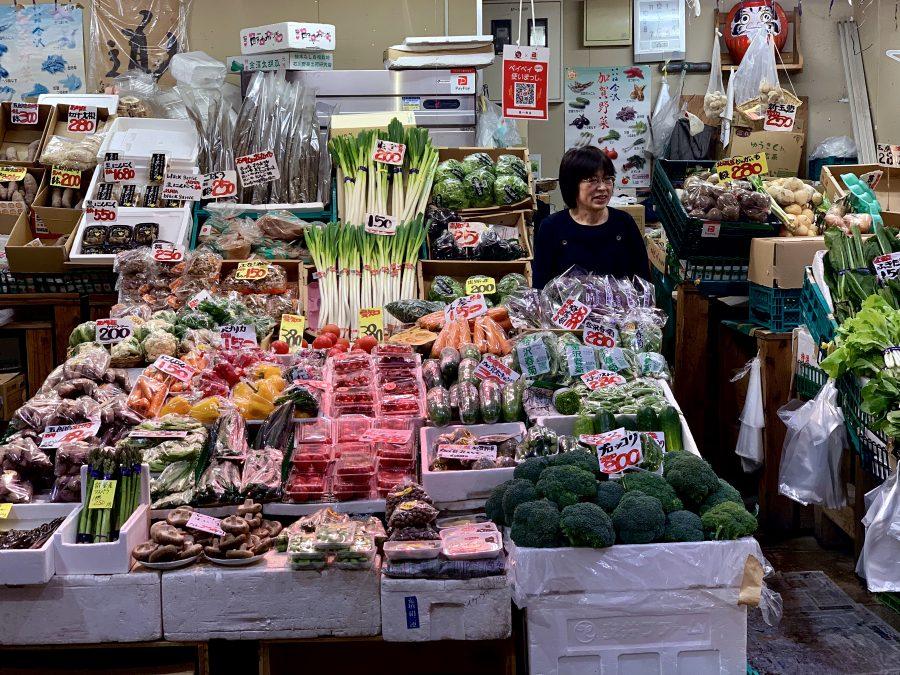
But one museum, The Hermitage, has won a top spot on my list of places to visit before I die.
On this day in history, the Hermitage in St. Petersburg, Russia, opened to the public.
The Hermitage was founded in 1764 when Catherine the Great bought a collection of Dutch and Flemish paintings from a Berlin merchant. She commissioned Yury Velten to build an extensions onto the east side of the Winter Palace which later became the Southern Pavilion of the Small Hermitage. The Northern Pavilion was built on the Neva river embankment. These two pavilions were connected and Catherine housed her personal art collections in them.
Two tsars and four architects later, the Hermitage was opened to the public in 1852. At the time, it was home to all of the paintings by Titian save for one among Greek and Egyptian artifacts and other paintings bought by the Tsars since the Hermitage’s inception.
The Hermitage is a cultural icon for the Russians. It was preserved during the Russian Revolution and the collections were saved from being pillaged and destroyed. The museum was nationalized and a museum fund was created to run the Hermitage. When Hitler invaded Russia in 1941, museum workers and civilians alike raced to ship the contents of the Hermitage out of Leningrad. Even during the siege of Leningrad, the museum was cared for by artists taking shelter within; they would clear rubble and remove charred flooring after each bombing. In 1945, the museum re-opened and grew larger than it had been before the siege.
Today, the Hermitage has 2,970,214 items that include but are not limited to paintings, sculptures, archaeological objects and other exhibit items. The museum is spread out across 10 buildings and seven of those are dedicated to 18th and 19th century Russian culture. The Hermitage has three exhibitions in Kazan, Amsterdam and Vyborg. Each year, 2.5 million people visit the museum and the number alone is a testament to the prestige of the Hermitage.
On Feb. 5, the Giants and Patriots met on the turf in Indianapolis, the Blue Note hosted the BXR Blues Bowl XII and a gun show was hosted at Cape Girardeau. But 160 years ago and 4887 miles ago, the public was invited to view thousands of years of history.
By Jessica Jost

















































































